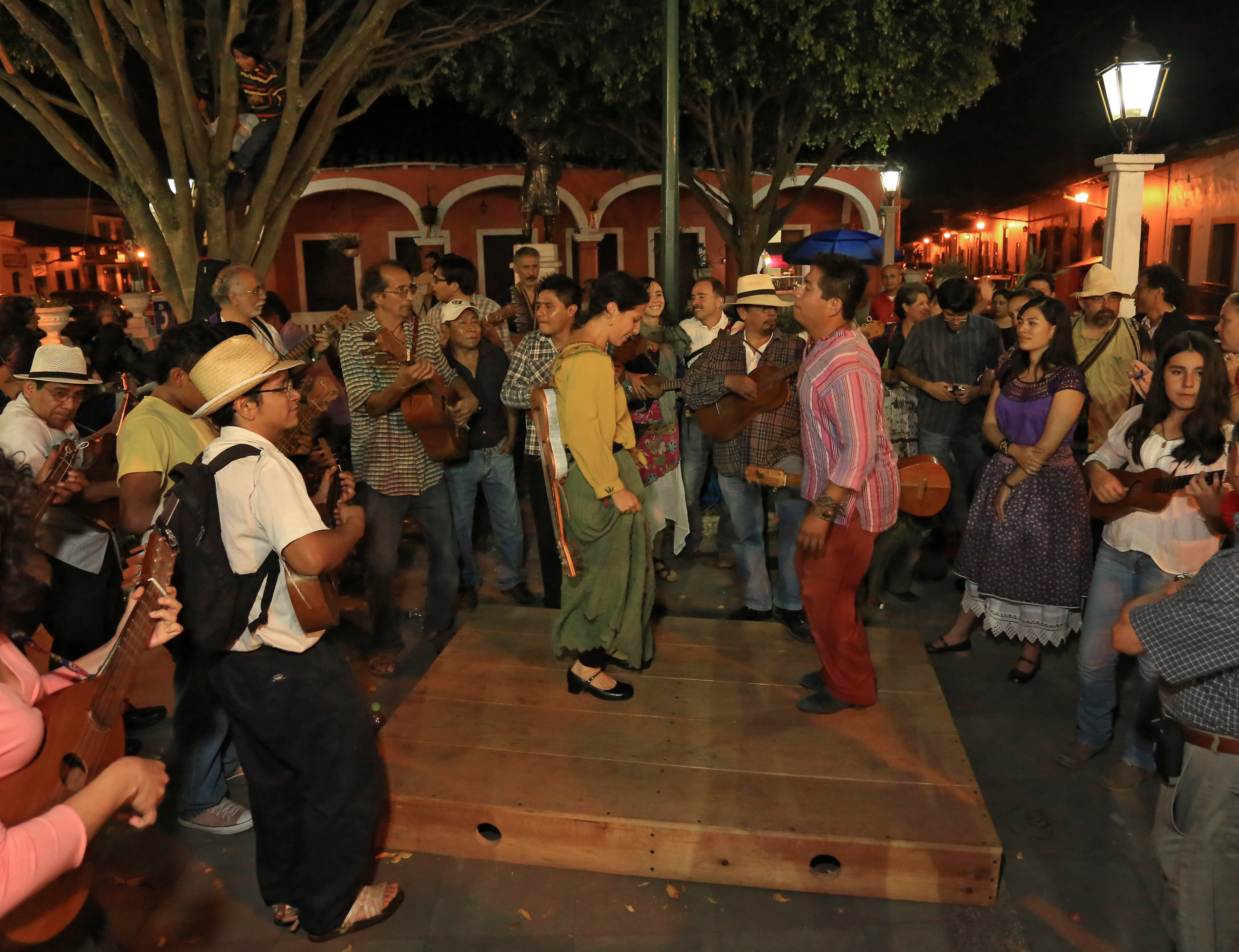Welcome to La Peña! Promoting social justice & intercultural understanding through the arts since 1975.

- This event has passed.
Fandango Jarocho – ST. PATRICK’S DAY EDITION!
March 17, 2017 @ 8:00 pm - 11:00 pm
La Peña is excited to do a cultural exchange with our neighbors at the Starry Plough to commemorate and celebrate our Irish brothers and sisters and in remembrance of the Batallón de San Patricio; a battalion of Irish immigrants who fought in defense of Mexico during the Mexican-American War (see links for more info*).
The following is a rough schedule for the evening— we are purposefully leaving it FLEX!
Between 7 and 8pm– Starry Plough will send over some of their Irish dancers to treat us with a short set of Irish cultural celebration. Make sure to come on time to catch them!
Around 9-9:30pm—we, the participants of the Fandango del Mes at La Peña, will then head over to do a short set of son jarocho music for the Starry Plough revelers.Thank you to Rose and John of Starry Plough for their help and enthusiasm about making this happen!
Los Cilantros will be open for dinner!
MORE INFO ABOUT SAN PATRICIOS BATTALION/MAS INFO ACERCA EL BATALLON DE SAN PATRICIO
* http://fusion.net/story/
